With all the talk about bamboo construction and building houses from bamboo, a lot of people are asking: What are the best varieties of bamboo for building?
The best bamboo species for building and construction are going to grow very tall, usually more than 40 or 50 feet high, with poles at least 4 or 5 inches in diameter. And of critical importance, the culm walls must be very thick, to ensure the greatest structural strength. Most botanists recognize more than 1,200 species of bamboo, or as many as 2,000 cultivars. And while each variety of bamboo is special and amazing in its own way, only a handful are ideal for lumber and construction.
NOTE: This article first appeared in November 2021, last updated in February 2024.
| Botanical name | Common name | Description |
| Guadua angustifolia | Massive timber bamboo from South America; clumping | |
| Dendrocalamus asper | Giant bamboo | Massive timber bamboo used widely in Indonesia; clumping |
| Dendrocalamus strictus | Calcutta bamboo, Bambu Batu | Giant bamboo with very thick (almost solid) culms; clumping |
| Bambusa balcooa | South Asian clumper with superior size and strength | |
| Bambusa bambos | Giant thorny bamboo | Widely used in southern Asia; curved, spiny culms; clumping |
| Bambusa oldhamii | Oldham’s | Most popular variety grown in the US; clumping |
| Chusquea gigantea | South American timber bamboo with solid culms; clumping | |
| Phyllostachys bambusoides | Japanese timber bamboo | Massive timber bamboo, more cold-tolerant, runner |
| Phyllostachys edulis | Moso bamboo | Chinese timber grown for clothing, flooring, construction; runner |
| Phyllostachys heteroclada | Solid bamboo | Medium-size culms are nearly solid; runner |
| Phyllostachys nigra ‘Henon’ | Henon or Giant Gray | Giant timber variety with thick culm walls; runner |
| Phyllostachys vivax | Vivax | Popular for its yellow color and massive size; runner |
The best bamboos for building typically belong to one of these four genera: Guadua, Dendrocalamus, Bambusa and Phyllostachys. We’ll get into the specific varieties in a moment, but first, there are a few things you need to know about bamboo in general.
A number of academic studies have demonstrated bamboo’s great potential as an alternative building material. Also, check out our in-depth articles about Timber Bamboo and Growing Bamboo for Profit.

Know your bamboo
With thousands of varieties of bamboo to choose from, you can truly find a perfect species for any occasion. There are ideal specimens for making fishing poles, excellent bamboos for eating, beautiful accents for your Japanese garden, cold hardy varieties for the mountains, and adaptable candidates for bonsai.
And of course, there are plenty of varieties that have multiple uses. Bambusa oldhamii, for example, can provide an excellent privacy hedge, and its fresh, young shoots are also tender and delicious to eat. Oldhamii‘s long, straight canes even make for a great building material.
And there are many more varieties that look beautiful in the garden while also having other valuable functions. But then some bamboos are strictly ornamental. They might grow prolifically and add plenty of character to your landscape design, but their canes aren’t as useful. And finally, some varieties may be ideal for producing giant poles for construction, but just aren’t practical to plant in your backyard.
Be prepared. Take a look at some essential tools on our recommended list of bamboo gardening supplies.

Choosing a bamboo species for construction
Determining the best variety will depend on a lot of factors.
Climates for bamboo
If you want to grow the bamboo yourself, you will need to be sure that it’s suitable for your climate and soil type. Most of the best bamboo for building are indigenous to tropical and subtropical climates.
Now if you live in Florida, that’s great. But if you’re in New York or Minnesota, it’s going to be a challenge. You might be surprised though, to see how many varieties of bamboo can thrive in a place like Oregon.
Size of bamboo
Whether you decide to grow the bamboo yourself, or order dry poles from a building material supplier, you will need to consider your specific needs. First of all: how big do you need? Some bamboos grow over 100 feet tall and up to 8 or 10 inches in diameter. Keep in mind, these results are rare. They are also based on ideal growing conditions, which you may or may not be able to provide. Furthermore, if you want to order 100-foot bamboo poles and have them shipped, it could be pretty costly.
If you’re looking for bamboo that’s 3-4 inches in diameter and 30 or 40 feet long, that’s very doable. Even if you live in a temperate climate, you should be able to grow bamboo this size. But it requires some space to spread out. Don’t expect to grow bamboo like this in a small, suburban backyard without ruffling some feathers with your neighbors. It can get out of control.
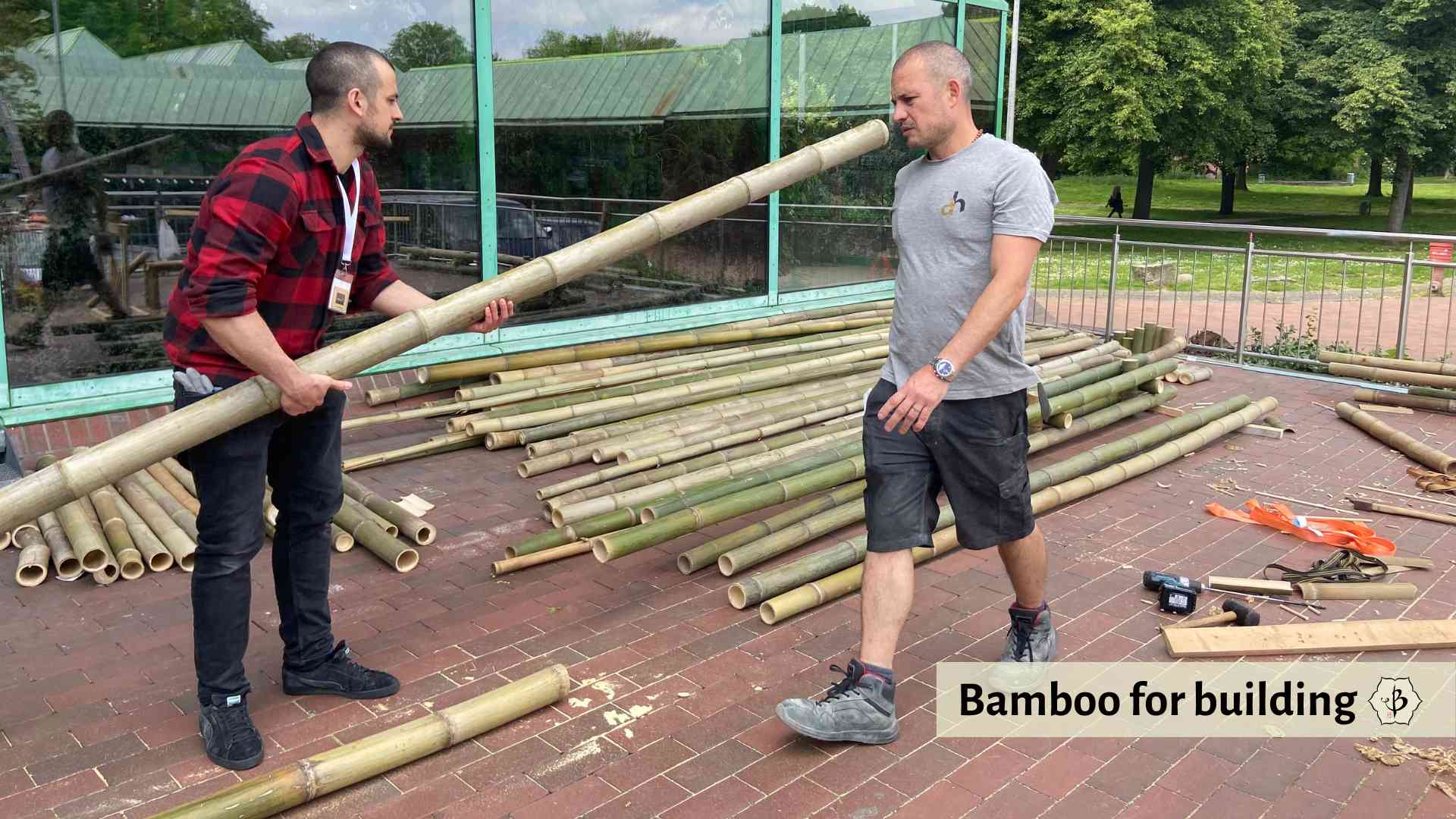
Other features
Then you have a number of other factors to consider. Most bamboo, you’ve no doubt noticed, are hollow in the center. And the best varieties for building will have the thickest walls. But some types of bamboo, like Dendrocalamus strictus and most species of Chusquea, are actually solid. This could be desirable, or not, depending on how you want to use it. But generally, they’re an excellent source of bamboo lumber.
Also, for decorative purposes, you will want to think about the color. Some bamboos are very dark, almost black, and look beautiful when dried. You may want to use some black bamboo (Phyllostachys nigra) for decorative accents. Although it does not have ideal properties for building. Keep in mind, most bamboo is dark green when it grows, but turns yellow once it dries.
Your bamboo building budget
At last, you need to think about how much you want to spend on your construction project. Bamboo has a reputation for being a remarkably renewable and inexpensive building material. And while it is very renewable, it is not necessarily cheap to build with.
In subtropical areas of Central America and Southeast Asia, where bamboo is ubiquitous, the raw material is basically free. The bamboo will grow back faster than you can raise a house. And simple structures, resistant to floods and earthquakes, can be assembled at a minimal cost.
If you’re planning a bamboo house in the U.S. however, you will need to comply with strict building codes and regulations. That will probably involve hiring an engineer and an architect. You will also want to obtain specialized hardware for connecting corners and sealing gaps.
Most bamboo builders want to create a house with a minimal carbon footprint. That’s why they choose bamboo over conventional lumber. In keeping with this philosophy, they will want to incorporate passive solar, rainwater catchment, and other green features. These elements could drive up your initial costs, but save you money in energy and utilities in the long run.
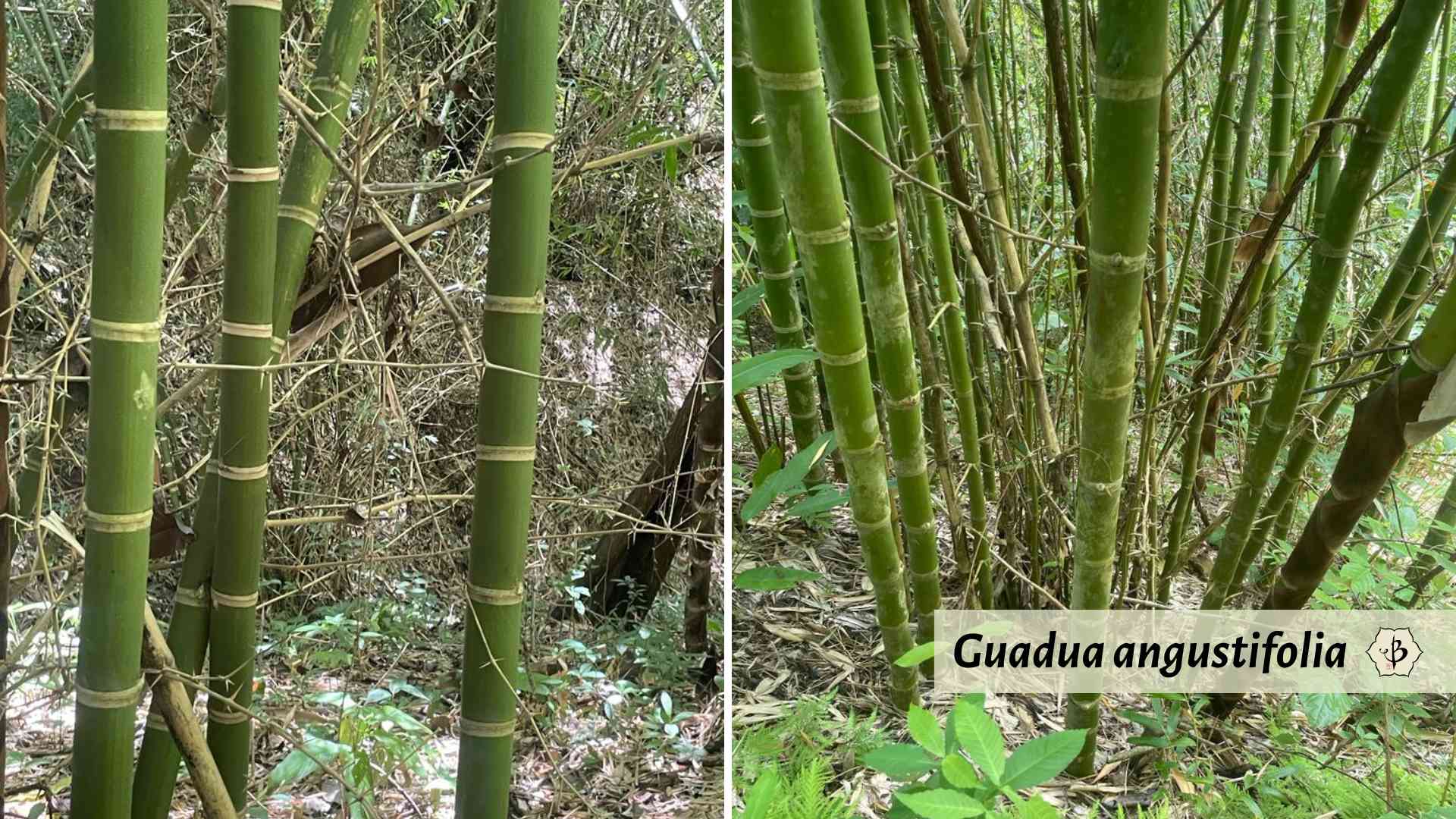
Best bamboo for construction
Genus Guadua
For the smallest carbon footprint, your choice of bamboo will depend mainly on what variety is available in your area. In South and Central America, there is really only one choice of bamboo for construction. And it’s one of the most important varieties of bamboo on earth.
The genus Guadua contains about 20 different species. These are all massive timber varieties, and some of them grow more than 100 feet tall and more than 6 inches in diameter.
Guadua is a neotropical variety, meaning that it grows indigenously in the tropic and subtropic regions of the New World, namely Central and South America. And these are clumping bamboos, as opposed to the more aggressive running types. G. angustifolia, native to the area between Venezuela and Peru, is the most widely used. But other species are also common, depending mainly on the geography.
Bamboo construction is widespread in Latin America, especially in Colombia and Ecuador, where it has a long history. Simón Vélez, of Colombia, is one of the best-known gurus in the field of bamboo construction. His bamboo structures in Asia and Latin America are legendary.
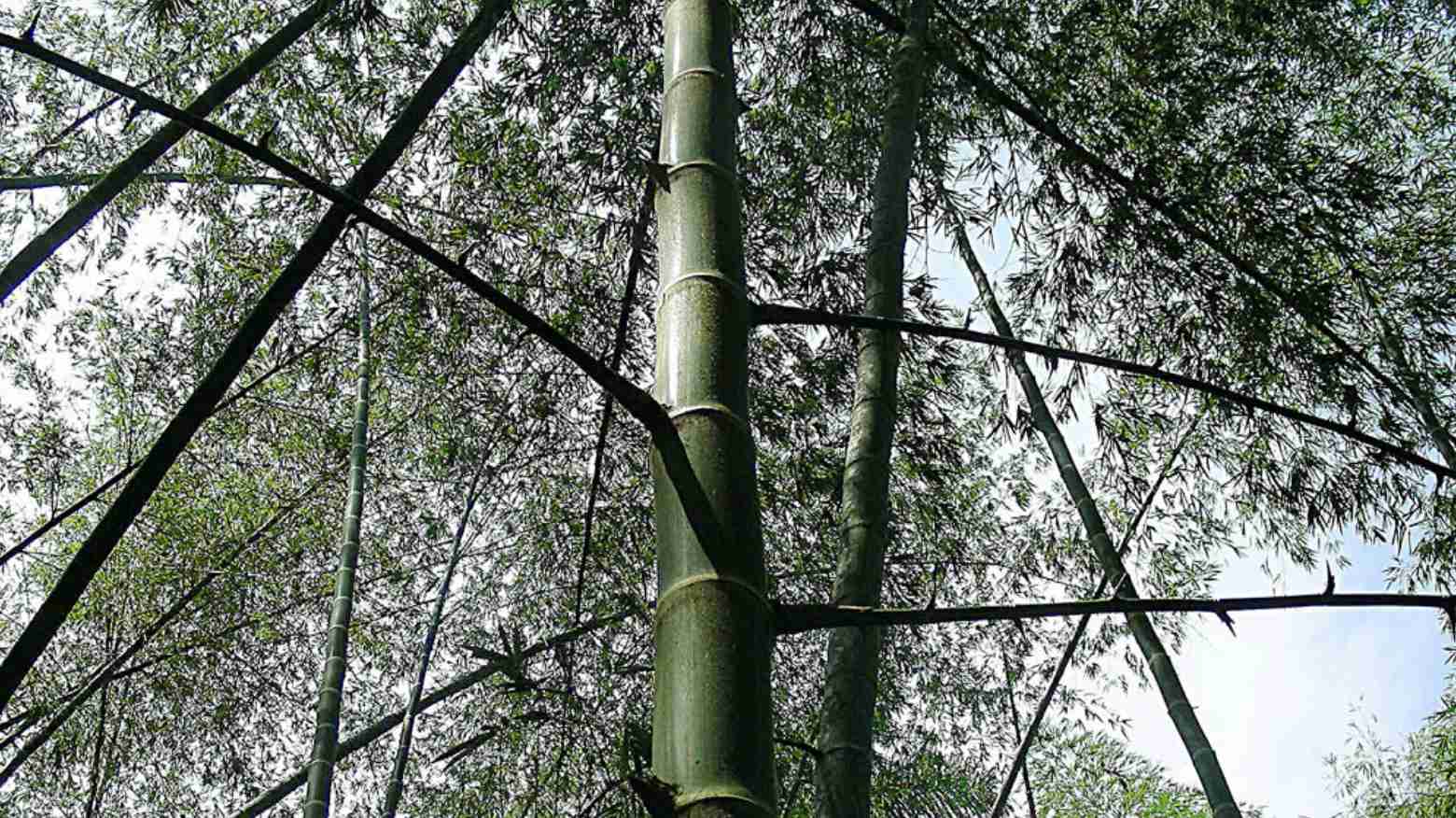
Alexander von Humboldt and Simón Bolívar brought attention to the Guadua bamboo in the 1800s, praising its strength and utility. And because of its rich history, botanists and bamboo enthusiasts from around the world have studied this genus extensively.
Today, international efforts are underway to propagate Guadua in more parts of Central and South America. INBAR (The International Bamboo and Rattan Organization) is working with organizations in Ecuador and throughout the continent to promote the use of bamboo for affordable housing.
In addition to its superior size and strength, Guadua also has excellent ecological properties. This fast-growing variety can convert significant amounts of CO2 and plays an important role in habitat restoration. In areas of deforestation, around the Amazon, for example, bamboo is an excellent pioneer crop. It grows quickly, restores the soil, and paves the way for the return of other native species. And because Guadua is a clumping bamboo, it’s not going to take over the whole forest.
Genus Dendrocalamus
Native to the tropic and subtropic regions of India and Southeast Asia, Dendrocalamus includes several species with important uses for construction. Most members of this clumping genus can grow up to 50 or 60 feet tall with mature culms of 3-5 inches in diameter.
Here at Bambu Batu, we have a particular affinity for Dendrocalamus strictus. This species is sometimes called Male Bamboo or Calcutta Bamboo. And in Indonesia, the natives refer to it as “Bambu Batu”, which translates literally as Rock Bamboo.
Revered for its hardness, this species is common for furniture and light construction, as well as paper making. The culms have especially thick walls, and in dry conditions, they are often solid. Another nickname for this species is Solid Bamboo.

More popular for heavy construction, Dendrocalamus asper is another giant species that grows throughout Indonesia, Southeast Asia, and the Philippines. This prolific species is used for everything from houses and bridges to housewares and musical instruments. Its young shoots can also be the source of a nutritious meal.
You’ll find the most impressive monuments of D. asper on the island of Bali in Indonesia. Here, John Hardy and the architecture and design firm known as IBUKU have built some of the world’s most astonishing bamboo houses and structures with D. asper.
In fact, they have even built a school with the world’s first all-bamboo campus. Check out the Bali Green School to learn more. Or visit Bamboo U to sign up for one of Hardy’s intensive courses in bamboo construction.
Genus Bambusa
One of the more common genera of bamboo, Bambusa contains well over 100 species, mostly native to Asia and the Pacific Islands. Many of these clumping bamboos are popular garden specimens, especially Oldham’s (Bambusa oldhamii), which grows very well in California and the warmer portions of the United States. Bambusa varieties are also well-known for their tasty and edible shoots.
Most species of Bambusa grow tall and upright, with handsome canes sometimes up to 40-60 feet high. One of the best tropical species for building purposes is Bambusa bambos. Also known as Giant Thorny Bamboo, this variety can get up to 70 or 80 feet tall. Its poles have very thick walls, and when growing, the plant has a very dark green appearance. But the sharp thorns make it less pleasant to work with in the field.

Bambusa balcooa is a widely grown species in India and southern Asia, also grown commercially in Africa. A great choice in warmer climates, the culms are known for their thick walls. Poles can get 60-80 feet tall and 5-6 inches in diameter.
Besides home construction, these species are useful for a variety of applications. Bambusa poles are excellent for fencing, scaffolding, thatching, and crafts.
Genus Phyllostachys
Another of the largest genera of bamboo, Phyllostachys also contains more than 100 varieties. Native to China and Taiwan, it’s mostly subtropical but tends to tolerate a more temperate habitat. For this reason, it is commonly found in many more parts of the world.

But be careful, because unlike the other three bamboo genera above, Phyllostachys is definitely a runner. This means their roots will grow aggressively, and they can easily get out of control. Some people like how fast these bamboos cover a large area, especially when they are trying to create a large privacy hedge. But it doesn’t take long for your privacy screen to go on the attack and uproot the rest of your yard. And your neighbor’s yard.
In China, this genus is especially ubiquitous. The Chinese use numerous varieties for everything from construction and scaffolding to chopsticks and handicrafts. You can generally recognize a Phyllostachys specimen pretty easily by the distinctive groove that runs along its internodes. (See image.)
In temperate climates, Phyllostachys vivax is one of the more popular varieties of timber bamboo. Its massive poles have a lovely yellow hue and grow up to about 60 feet tall and 4-5 inches thick. They have the widest girth of any Phyllostachys, but thinner culm walls make them less suitable for serious construction purposes. It’s a good choice in hot, dry climates.
Phyllostachys heteroclada f. solida, also known as Solid Bamboo or Water Bamboo, is an excellent but less familiar species. Not as tall and thick as some of its towering cousins, this species is particularly interesting for its culms which get about 2 to 2.5 inches thick and are nearly solid on the inside. Their strength and resistance to cracking or splitting make them ideal for things like broomsticks or spade handles.
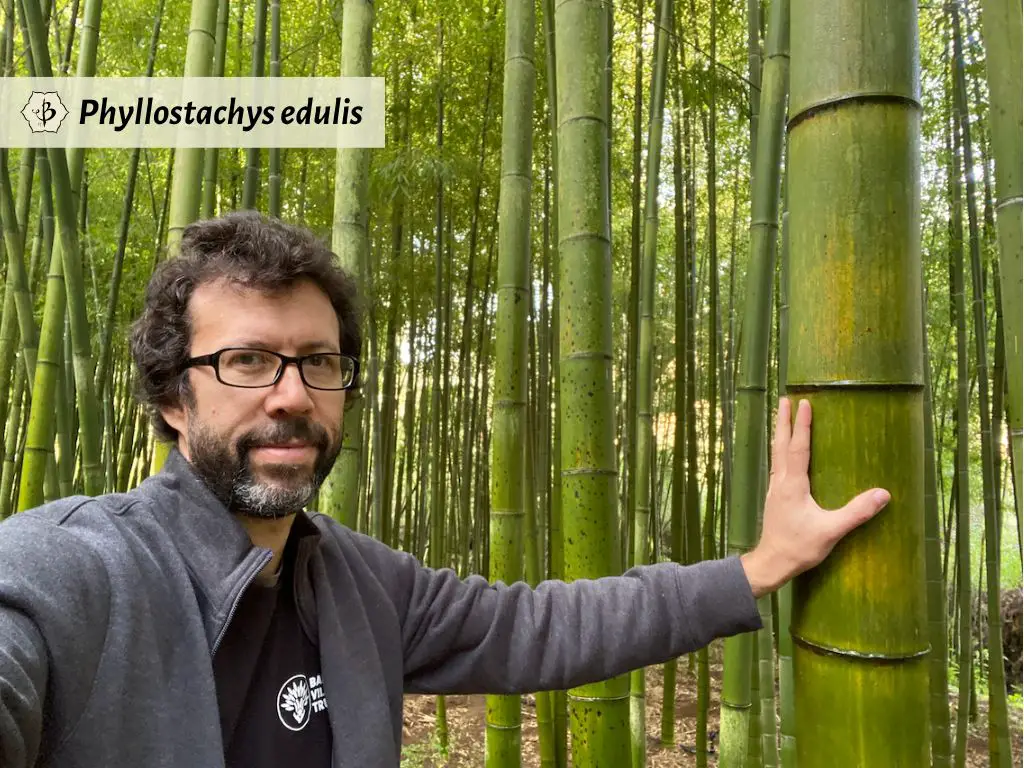
One of the most important bamboo varieties of all, Phyllostachys edulis is now the primary species of commercial bamboo. Commonly referred to as Moso Bamboo, this is the source for bamboo flooring and clothing, two major industries that have emerged in the last 20 years. Over time, Phyllostachys poles will eventually have some cracks. For best results, use culms that are 5-7 years old.
Phyllostachys bambusoides is another superior bamboo species for building and construction. Also known as Madake or Japanese Timber Bamboo, it’s also cold-hardy and performs well in climate zones 7 through 10. Poles can grow 50-70 feet tall, and 4-5 inches thick. Thick culm walls make it one of the strongest of all temperate timber bamboos.
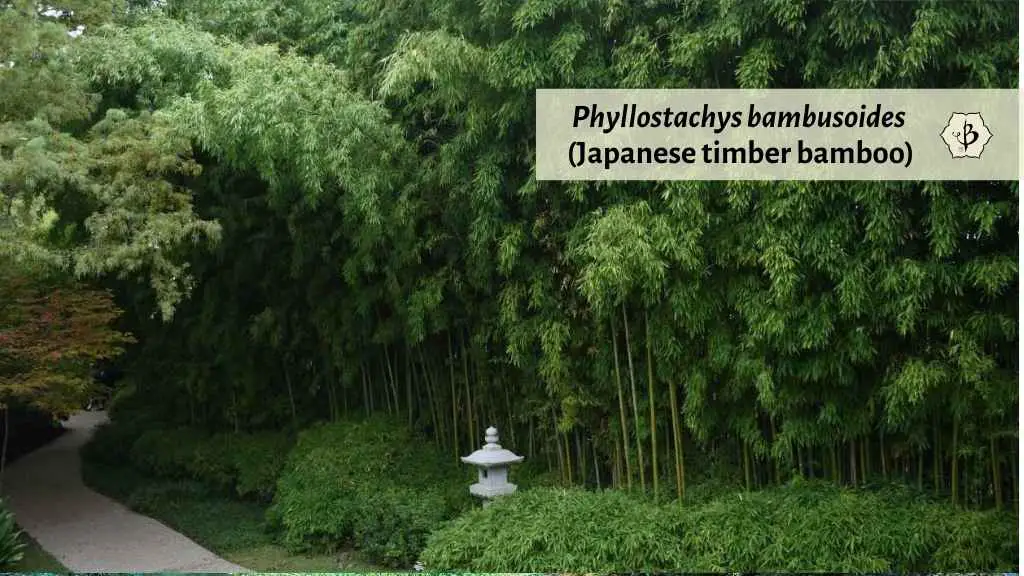
A subspecies of the famous black bamboo, Phyllostachys nigra ‘Henon’ is another timber bamboo worth considering. It’s similar to Moso and Madake, above, but has thicker walls and grows especially well in the American Southeast.
Genus Chusquea
This South American genus of bamboo is most notable for having solid culms, which provide an incredibly strong and sturdy building material. It’s also one of the most cold-tolerant varieties from South America, hardy down to about 0º F. These bamboos have a clumping, pachymorph growth habit, but they are open clumpers. So they’ll spread more than most tropical clumpers, but nothing like a Phyllostachys.
Chusquea gigantea, as the name suggests, is the largest specimen of this genus, and sometimes you can even find it at a bamboo specialist nursery in North America. Depending on the climate, they can grow 20-40 feet tall with culms 1-1.5 inches in diameter. It makes for a great privacy screen as well as a superior building material.
Common questions about bamboo for construction
As interest in growing bamboo and building with bamboo continues to grow, we get quite a few questions from our readers.
What variety of bamboo is used for flooring?
Traditionally, Moso Bamboo (Phyllostachys edulis) has been the most common bamboo species for flooring. China has great forests of this massive timber bamboo. It is extremely hard and fast-growing and makes an excellent building material. Virtually all laminated bamboo products coming from China, including flooring, cutting boards, salad bowls, and pressed bamboo plywood are made from this abundant species.
More recently, bamboo factories have sprouted up in Indonesia and Colombia, where they use their own bamboo species. In Indonesia, Dendrocalamus asper is generally the variety of choice. Many consider it the strongest bamboo species on earth. But in Latin America, they make the same claim about Guadua angustifolia.
What bamboo makes the best furniture?
If you’re talking about solid bamboo furniture, made with laminated or crushed bamboo, it is most often made with Moso, just like the flooring. But again, producers outside of China have begun working with other varieties (Dendrocalamus asper and Guadua angustifolia) and have seen beautiful results.

Where can I buy construction-grade bamboo lumber?
Many manufacturers of laminated Moso boards import to or operate in North America. Plyboo is one of the biggest names in laminated bamboo lumber. BamCore in Northern California and ReNuTeq in St. Louis are also producing laminated and engineered bamboo using Guadua from Ecuador.
If you are interested in importing large quantities, like shipping containers of engineered bamboo for construction, there are many sources in China. The Dasso Group is one of the leading manufacturers, working with Chinese Moso bamboo. You can also order directly from Indobamboo in Indonesia or from Best Bamboo in Colombia.
Bambu Batu has access to tropical bamboo as well as domestic bamboo, grown in the USA. Feel free to contact us if you’re looking for some quality bamboo for your next project.
Further reading
To learn more about the many varieties of bamboo, their many uses, and how to select the best variety, take a look at these other in-depth articles.
- The future of bamboo construction
- Several ways to treat your bamboo for building
- Building cars and planes from bamboo
- Learn bamboo construction at Bamboo U
- 10 Best bamboos for your garden
- 15 Cold-hardy bamboo varieties for snowy climates
- Best bamboo for poles
- Bamboo with the longest internodes
- Best bamboo for hedges and screens
- Dendrocalamus strictus, aka Bambu Batu
- The complete guide to growing bamboo
- What’s so great about bamboo?
FEATURE IMAGE: Bamboo construction in Barcelona. Photo by Fred Hornaday. Design by Greta Tresserra.
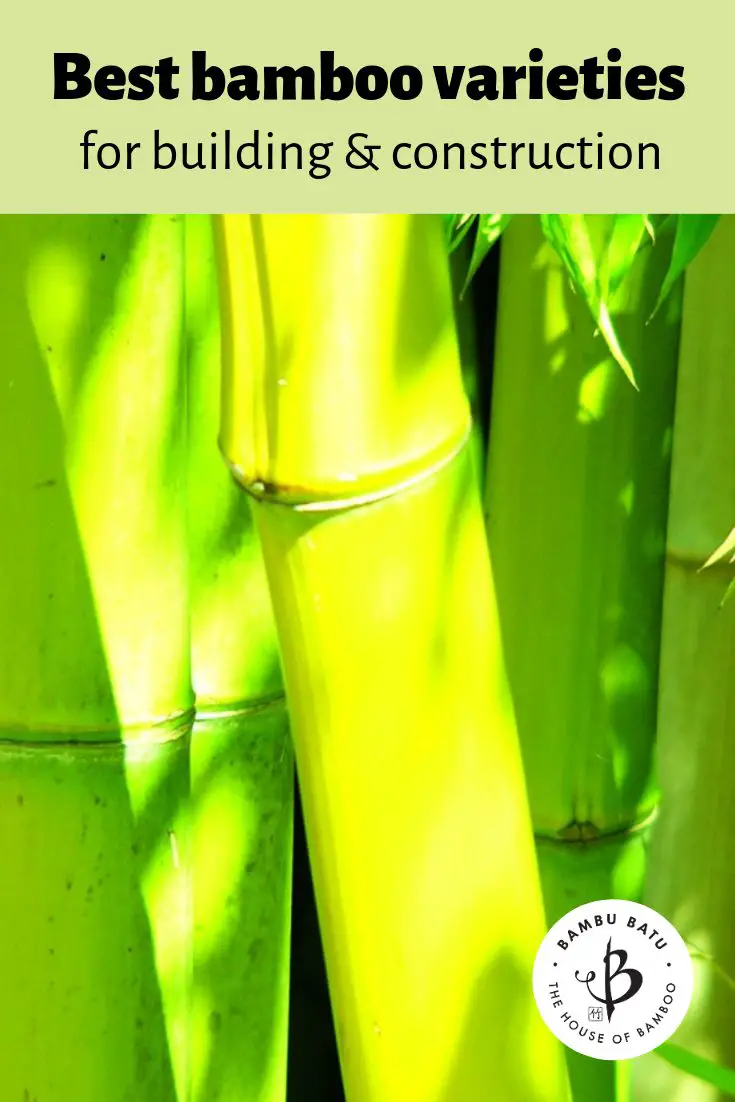

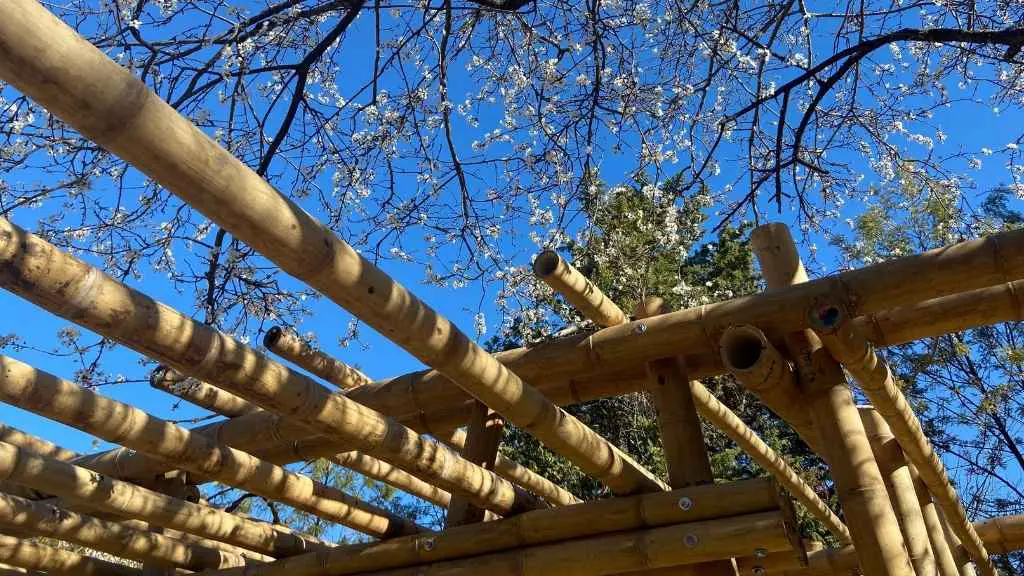
























Requirements Bamboo plant
Thanks a lot for sharing this very informative post. It inspires me advocate the same. Please update me more especially plant materials for Bamboo Batu and other species for house construction.
I have planted balcooa bamboo in two acres of agriculture land. Now how and where I can sell the bamboo ?
I wish I could help you with that. You’ll need to explore the local market for bamboo or biomass. Consider making a product from the bamboo rather than just trying to sell the raw material.
Great research work! Can we work together?
Sounds like a great idea. E-mail me at fred@bambubatu.com and let’s do some brainstorming.
Please comment on how to preserve bamboo from the bamboo beatle here in Belize. Some say have to cut on full moon? We try borax? But still have dust coming out ?
For treatment, you need to soak the bamboo for long time. You also need to drill holes or puncture the nodal joints in the middle of the poles so the fluid gets all inside. As for harvesting on the full moon, I have no evidence to disprove that theory.
I would like to know which variety I could grow in central Georgia, zone 8, hot and humid weather, cold in winter usually no colder than 20 degrees farenhaight, but then we just got a cold spell when it got down to 8 degrees one night. Purpose for growing would be for fence posts, trellises, lean too pole shelter for farm equipment and for selling to the public. The plan would be to make a circle 30 feet in diameter, dig a trench around the circle, and plant the bamboo. Keeping an eye out to make sure the bamboo does not cross the trench, it ought to be in control with this set up. I have 2 acres of land to work with and the bamboo patch would be in the back of the property, away from other homes and near a neglected thicket loaded with undesirable non-native and invasive bushes and trees. Could you advise me on which bamboo would be best to grow?
If you’re set on clumping bamboo, I would say Bambusa oldhamii. But if you have a containment trench, you can plant runners. Plenty of good options from the genus Phyllostachys – P. bambusoides, P. viridis, P. rubromarginata, P. nigra ‘Henon’
thanks for the information about spicies of bamboo for construction. what spieces of bamboo could grow in East Africa
Tropical varieties of Dendrocalamus or Bambusa will be your best options. D. asper, D. strictus, B. balcooa, B. bambos, B. oldhamii, for example.
I love this read, and I truly advocate for the use of Bamboo as a construction material. I’d love to have the chance to talk to you about more because of your expertise of this material, I plan to incorporate this into my College Thesis but I am facing some challenges with it.